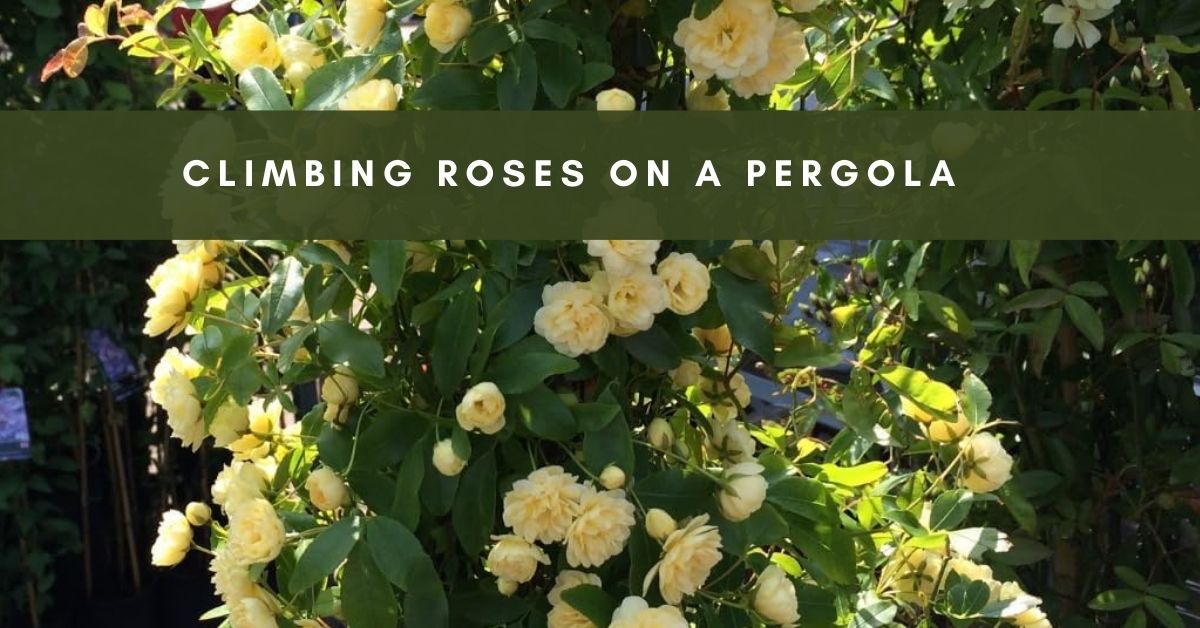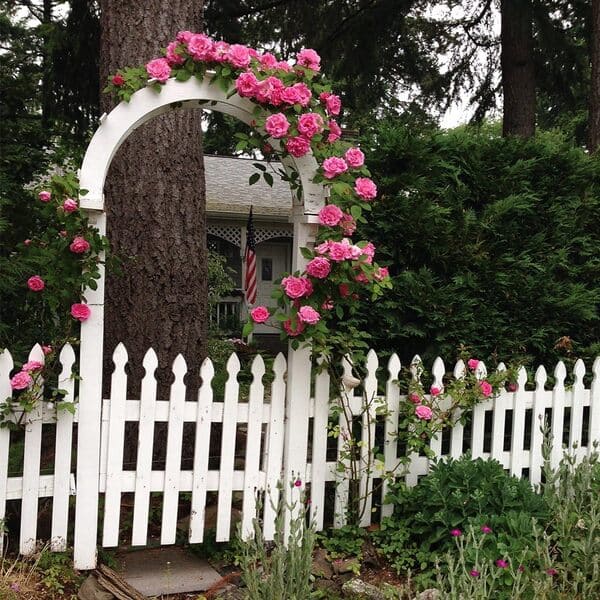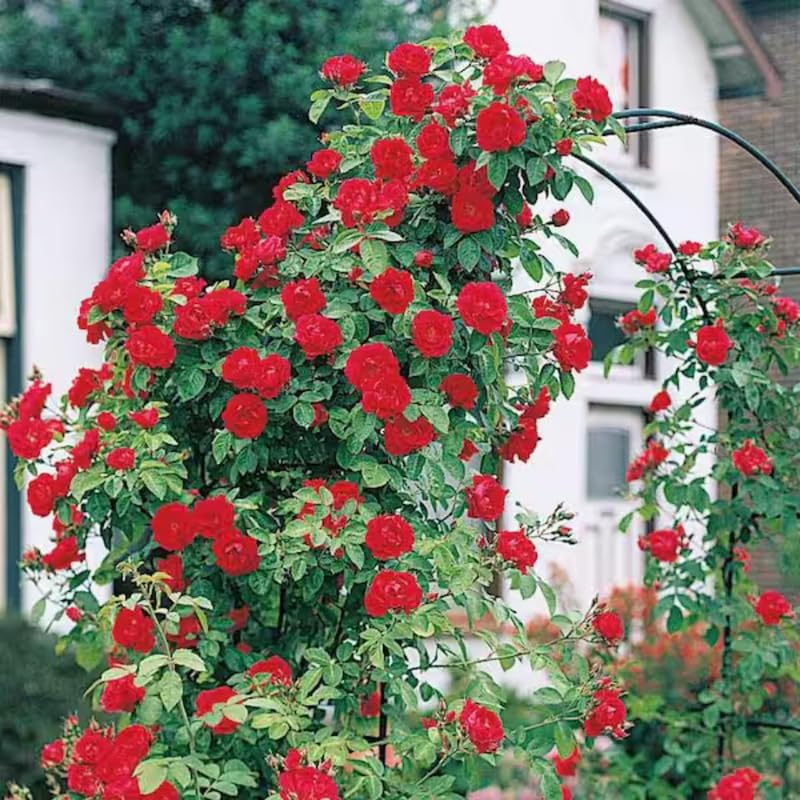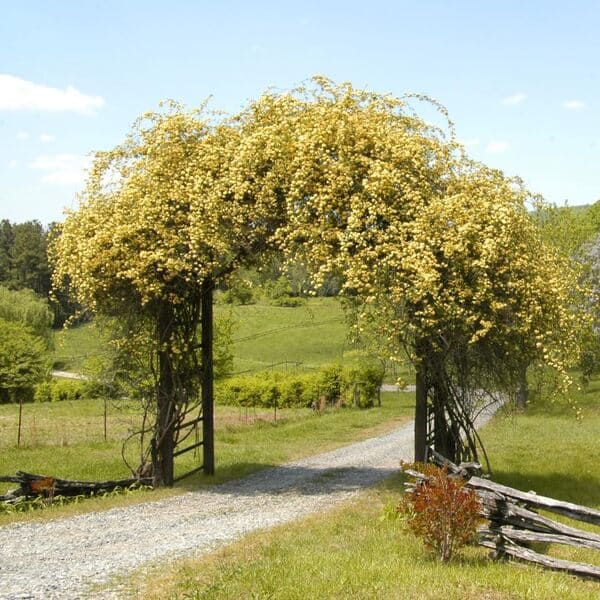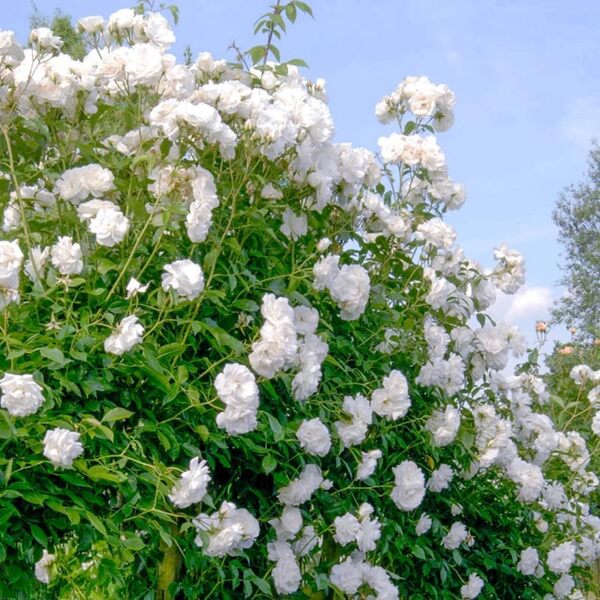There is something magical about stepping into a garden dressed up with the sophisticated beauty of climbing roses. The blooms that entwine to one side of the pergola have a romantic and spellbinding effect, transforming any space into a flower paradise. Whether you are an old hand at gardening or just starting with roses, learning how to plant climbing roses on a pergola is an exciting experience that will fill your garden with charm and fragrance.
The All-Purpose Pergola
Pergolas are one of the most popular features, admired for practical use and the beauty of your garden. Put unassumingly anywhere in your garden; a pergola seems to take on an arresting life of its own, drawing the eye and creating a vista of stunning visual views. If fortunate enough to have a more substantial garden, a central pergola can help divide and break up the area, making it more intimate and welcoming. A bonus is the shade a well-constructed pergola provides, making it a perfect retreat on sunny days.
Pergolas are not constrained to extensive gardens; they can quickly be built in small, urban places to provide a comfortable and shaded location for relaxation or entertainment.
Historical Origins of Pergolas
Pergola designs date back to ancient Italy, where they used simple designs. The structures originally designed served merely a practical function in supporting vines and affording some degree of shade. With time, pergolas evolved to be ornate features in gardens built using groups of columns of stone, brick, or wood arranged in groups supporting beams on top to form a shaded welcome passageway.
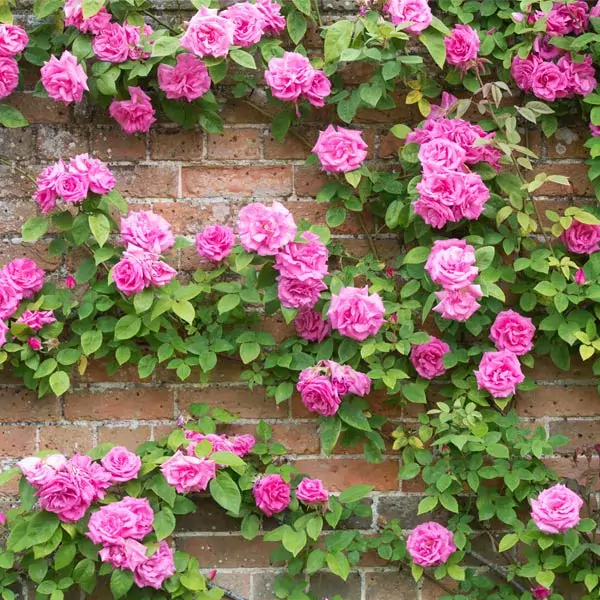
This will enable you to enjoy climbing roses at their best. With proper siting, the roses will not grow uncontrollably, thus blocking your view of them as they display their beauty. And a pergola should go somewhere: down a garden path, through a sitting area, or to a point of interest.
Ensuring There Is Always Structure and Design
The pergola should be within sight beneath the explosion of roses. The contrast between the strong construction and the gentle flowers creates a strong visual effect, helping with the general beauty of the garden. A well-designed pergola balances natural beauty with architectural charm.
Strategic Positioning
Preparing to Plant Climbing Roses
Spacing and Ventilation
Climbing roses like to be planted at a root distance of 20-30 cm from the pergola as they like well-aerated spaces. It gives them ample space to develop healthily. Also, climbing roses should prefer to grow in a sunny location, so locate your arbor where it will get a good deal of sun.
Pergola Size and Construction
For a typical pergola, you need space. Posts should be set at an optimal distance of 2.5 to 3.5 meters apart, with beams making up a stable “roof.” In most instances, the beams are thick and are divided from each other by thinner, lighter cross elements. If you have enough space, the pergola should be wide enough to permit two adults to walk through unhindered—approximately 2 meters. The beds along the edge of the pergola must be at least 60 cm wide on either side so that roses and companion plants can fit.
A small garden will require no more substantial pergola than approximately 1.5 meters wide; to prevent twisting, the posts can be spaced closer, at about 1.8 meters. All pergolas should be a good height, a minimum of 2.2 meters, for easy passage without catching one’s head or shoulders up in the roses.
Paths and Ground Cover
A grassy path may be suitable if the pergola has only a few plants, but when there are many more and regular use will wear down the grass, a paved surface is often more practical.
Light Orientation
The orientation of your pergola affects the quantity of light your climbing roses receive. Ideally, the sun’s rays fall equally on both sides of the pergola in a north-south orientation, making it ideal for rose growing. On the other hand, an east-west orientation can make one side a bit shadier, affecting the roses’ health and appearance.
The Selection of Good Varieties
A rose under the climber’s name cannot be suitable for a pergola. With their thick, bare canes, climbers will never manage to cover the structure, but ramblers generally fare better. Ramblers produce more shoots and leaves, covering the pergola with dense foliage and flowers. When choosing your variety, try to note its height and growing form. The rose should clamber to the top of the pergola, covering at least half of the “roof. This usually means a minimum height of around 4-5 meters.
Here are the kinds of roses that are appropriate for pergolas:
- Westerland: The flowers are bright orange and very fragrant.
- Above All: A reblooming cultivar with beautiful, coral-colored flowers.
- Lady Banks: Yellow or white, thornless small blooms.
- Cecille Brunner CL: A bushy climber with soft pink flowers.
- Viking Queen: An upright rose featuring bright pink blooms.
- Morning Jewel: Flowers are large, double, and pink.
- Zéphirine Drouhin: An almost thornless vigorous climb.
Enhancing Your Pergola with Companion Plants
Combining Roses with Other Climbers
Roses, beautiful by themselves, can be all the more dramatic with the company of other plants. In selecting climbers for companionship, of course, one has to consider color combinations and flower size and shape combinations. For example, large-flowered clematis with diminutive-flowered roses is a very effective contrast. Or try mixing roses with honeysuckle for fragrance and fun. Bloom time is also necessary: when plants bloom in succession, things appear less cluttered and more enjoyable.
Incorporating Fragrance
Fragrance is a crucial garden design element; not every rambler is scented. The two varieties, Lonicera tellmaniana (yellow) and Lonicera necrotic (red) are among the best and are good in color and scent.
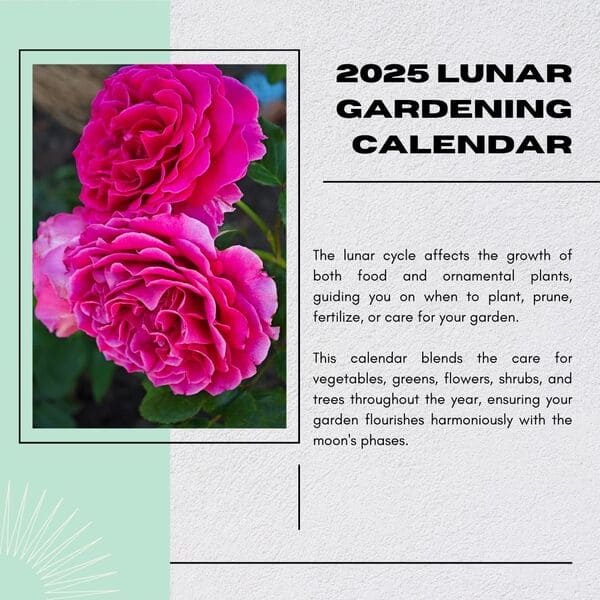
Get Your Free Lunar Gardener's Calendar 2025!
Join the Lunar Gardening Revolution! Subscribe now to receive our exclusive Free Lunar Gardener’s Calendar for 2025. Harness the power of the moon to optimize your planting, nurturing, and harvesting.
Ground Cover and Border Plants
For example, ground-cover roses could be planted along the base of the pergola to form a soft, flowering carpet. If desired, sculptural plants, such as bergenia or hostas, are perfect for blurring the hard edges of the path with their textural interest. Yet they are not overly striking, so the roses remain the stars.
Planting climbing roses in the pergola is not just one of the garden tasks; it is an art by which one shapes the essence of his outdoor space into a living masterpiece. This structure is a beautiful and functional garden feature. With the critical rose selection, correct positioning of the pergola, and the plants to complement, one can have a helpful garden structure. Your pergola will seasonally increase in charm, giving the right mix of shade, fragrance, and floral beauty that keeps one there, hanging out in nature.

The Organic Rose Revolution: Grow Stunning Blooms, Naturally
- Unlock the secrets of nurturing your roses organically with our guidance on soil health, natural fertilizers, and sustainable pest control methods. Your garden will thrive with eco-friendly care that respects nature’s balance.
- Empower yourself with the knowledge to craft natural remedies for common rose ailments.
- Banish pests from your garden precisely using proven strategies that safeguard your roses without harsh chemicals. Keep aphids, mites, and other invaders at bay while preserving your garden’s natural harmony.
- Explore a world of breathtaking rose varieties carefully curated to captivate your senses and elevate your garden to new heights of beauty.

